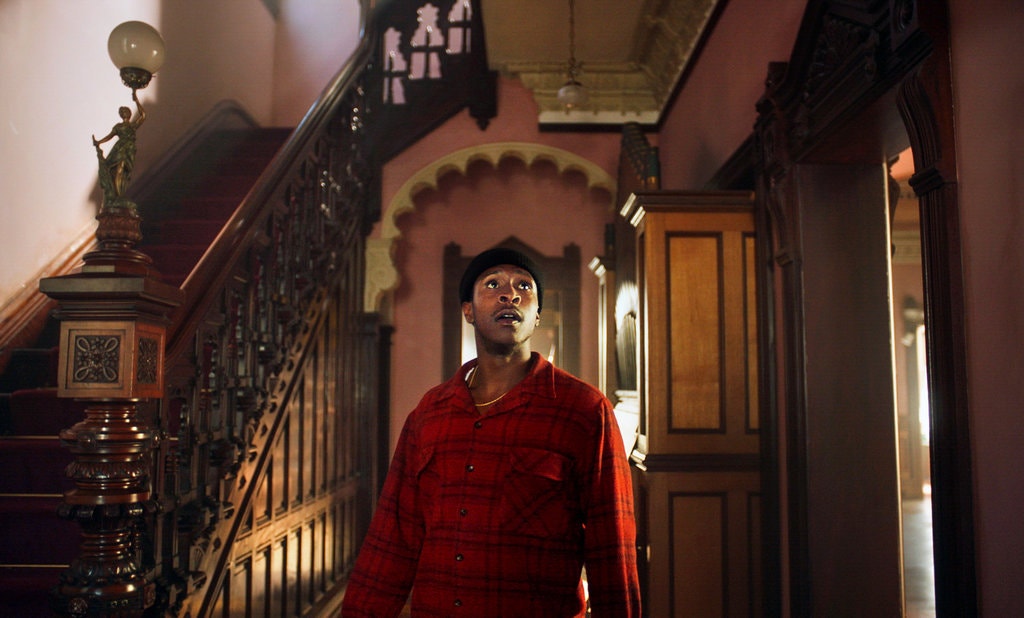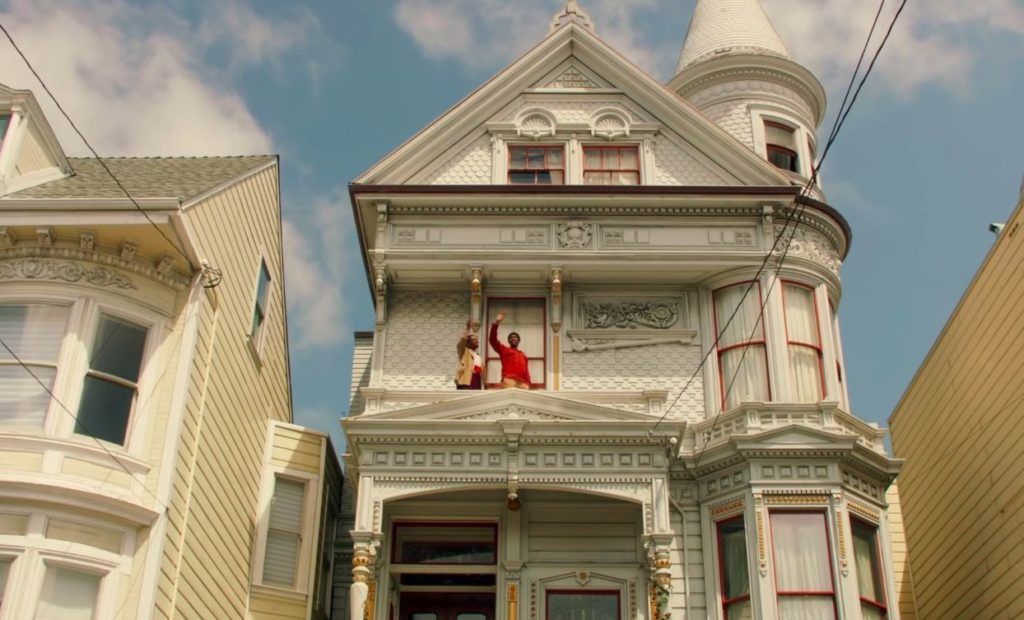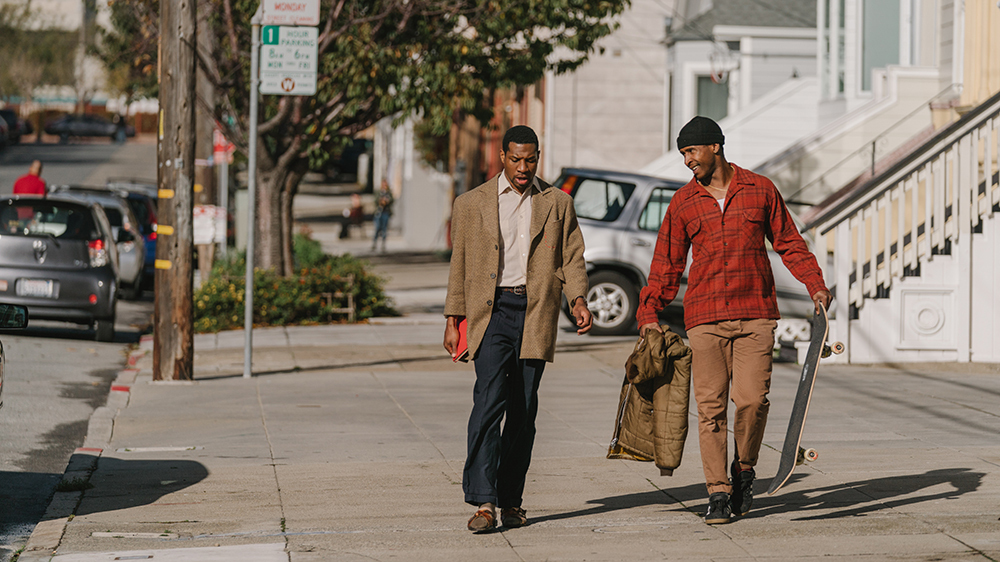First-Time Filmmakers Make One of the Best of 2019
DIRECTOR: JOE TALBOT/2019

When The Last Black Man in San Francisco begins, you see it all: Dreamy lighting, paint-like compositions, and historic architecture. Anger fights resignation, nature resists the man-made, and the old and new sit side-by-side in a cycle of dilapidation and restoration. With long, zooming dolly shots and slow motion, we see the whole world in the first six minutes.
Then we meet Jimmie and Montgomery. They trudge up and skateboard down the city’s iconic hills into the skyline and past trolleys to Jimmie’s (Jimmie Fails) grandfather’s house. A picture in his mind, paintbrush in hand, Jimmie dedicates himself to restoring the home he remembers from childhood. Pen in ear, notebook in hand, Montgomery dedicates himself to observing everyone around him to create characters for his plays. They make an unusual pair, but they’ve made each other family.
The Last Black Man in San Francisco looks at its city the way Jimmie looks at the house: A pure, unconditional love. Silhouettes, autumnal colors, and an abundance of establishing shots make the visual palette of this story. Not that San Francisco is idealized to a fault—many of its faults are on display, including a crippling trend toward gentrification that took the house from Jimmie’s family. This love is anything but blind—it’s one that chooses to continue on with full awareness of the brokenness.

But is affection enough to make a home? That’s what every character seems to wrestle with. Is home a city? A house? A chosen group of people? A shared blood? Jimmie has been disappointed in all of these, and as we meet the supporting cast of his life (a strong group including Rob Morgan, Tichina Arnold, Mike Epps, and Danny Glover), we find most of them have been let down, too. Perhaps home is nostalgia, something you only realize you had once it’s a memory.
As integral as the setting is to this story, we are not left in our characters’ surroundings. While Jimmie and Monty navigate their day in and around American landmarks, we navigate through this film through their emotions. Somehow, by no small miracle of script and performance, we’re privy to a level of character interiority usually reserved for novels. Perhaps it’s because Monty’s awareness of each person’s individuality heightens ours as well, or perhaps it’s because extreme close ups allow us to see every degree in a character’s change—I suspect they’re working in tandem with Emile Mosseri’s mellifluous score. No matter what the reason, the moments of silence say as much the monologues.

If you watch the first six minutes again after finishing The Last Black Man in San Francsico (easy to do since the film is included with Amazon Prime right now), you can see you were in good hands from the beginning, even if those hands were those of a first-time feature director (Talbot) and first-time feature writing team (Talbot, Fails, and Rob Richert). While they were able to capture the whole story in the opening montage, I, unfortunately, can’t capture the depth of every character and story note in this review. Hopefully it will suffice to name The Last Black Man in San Francisco one of the best films of 2019.


